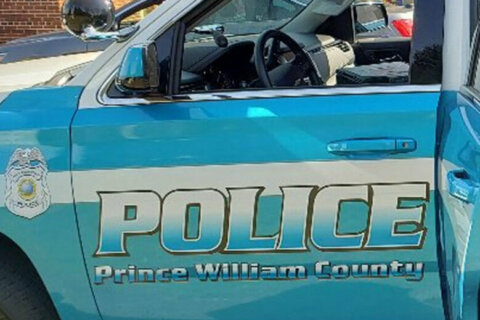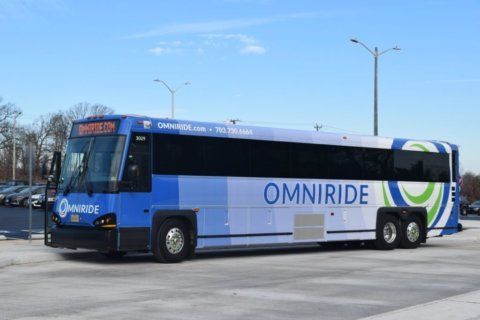This article was republished with permission from WTOP’s news partner InsideNoVa.com. Sign up for InsideNoVa.com’s free email subscription today.
This article was written by WTOP’s news partner InsideNoVa.com and republished with permission. Sign up for InsideNoVa.com’s free email subscription today.
With an impasse in negotiations already declared by the Prince William Education Association, the two sides in the Prince William County Schools contract negotiation are going back and forth on wages, with a significant gap in between.
On Tuesday, the school division delivered its counter-proposal on wages, offering an average 6% wage increase for all division employees, both for state-certified and classified. The offers were a far cry from the union’s demand of 17% raises, a proposal the school system estimates would cost roughly $184 million or about 12% of the division’s $1.5 billion fiscal 2023 budget.
Last week, the union declared an impasse in negotiations, triggering a mediation process on a series of non-wage issues like employee rights, grievances, conditions of employment and board rights. “We had a fruitful discussion with the division’s bargaining team today and look forward to reaching consensus with the assistance of a mediator,” Broderick Dunn, the Prince William Education Association’s attorney, told InsideNoVa Tuesday evening.
Union leadership called the division’s counter-proposal insufficient. “Do better PWCS School Board. All teachers deserve a livable wage,” X messages posted by the PWEA read.
The union is also asking for teachers to be realigned on the division’s step scale, which the division says would cost another $117 million. In response, the school system is offering a standard step increase. According to a presentation posted to the division’s website, the union is also seeking a guaranteed teacher bonus every five years worth $1,000 for every year of service to the district.
Next year’s wage increase, wherever it falls, will follow average raises of 5% in the current budget, 7% in fiscal 2023 and 4% in fiscal 2022, though raises in the past three years have not quite kept up with nationwide inflation.
The two sides had seemingly been hurtling towards an impasse for weeks, with both sides making accusations about the other in the media. Association negotiators presented their wage proposal in mid-August, months after School Board Chair Babur Lateef said the division was expecting it. Union representatives said they wanted to clear the deck on other issues first, though many of those are now going to mediation.
Comparable pay
Teachers say wage increases are needed to cut into the shortage of educators the division is facing and to ensure a liveable wage. Association leadership also wants the school system to close the gap between Prince William schools and other nearby divisions, where Prince William is near the bottom but improving.
For the current fiscal year, a new teacher in the division with no experience makes $54,761 with a bachelor’s degree and up to $64,261 with a doctorate. Teachers with 20 years experience make at least $85,908 right now. Those numbers are about on par with Fairfax County Public Schools’ salary scale, but lag Loudoun County’s numbers substantially.
“We have over the years continued to make adjustments to early career teachers where we lag behind other districts,” Lateef told InsideNoVa.
But the School Board and division leadership are also constrained by the revenue sharing agreement they have with the Board of County Supervisors, which guarantees that 57.23% of the county’s general revenues automatically go to the school system. That gets combined with funding from the state and a small amount from the federal government to make up the school system’s budget, with the division itself having no taxing authority. And according to a presentation posted to the school division’s website, nearly 80% of the funding in the current budget goes to instruction, while about 9% goes to central office salaries and spending, 6% goes to facilities management, and 5% goes to transportation.
It’s the first formal collective bargaining negotiation since the School Board approved a bargaining process last year and the association swept union elections in February. Now, the two sides have until Dec. 1 to deliver an agreement on a new contract to the School Board, or else any outstanding issues will be under the sole discretion of the board to settle, a provision the union has been critical of from the start.
Third-party mediation lasting at least 30 days may be helpful for both sides, but it won’t be binding, another provision the union says effectively stacks the deck. But in drawing up the original resolution allowing for bargaining, the School Board said it was prohibited from agreeing to binding arbitration by state law and the courts.
Dunn said the union was hopeful that mediation would bring some breakthroughs. “PWEA just received the division’s proposal. We are actively crunching numbers and look forward to continuing our bargaining to achieve the most fair and equitable compensation possible,” he said.







